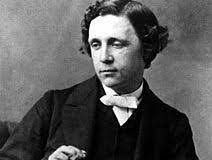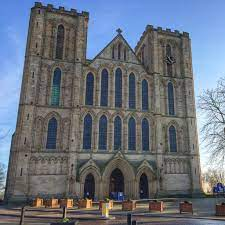
How to Wash Squishmallows
June 3, 2022
The magnificent market town of Gorey in the County of Wexford in Ireland
June 30, 2022The history of Ripon Cathedral is rich. In 658, St Aiden granted the Minster a charter. He converted the monastery to a Benedictine community, and built a large stone church. He recruited craftsmen from across Europe to help him finish the construction. He became the first bishop of the newly formed Anglican Diocese of Ripon, and is the most revered church in the area.
The cathedral was built on the ruins of an earlier church, the Minster. The Cathedral’s crypt is accessible via steep steps that lead into the medieval cathedral. Inside, you can see the white-painted void believed to be a faithful representation of Jesus’ tomb. A 14th century alabaster carving shows the resurrection of Jesus. A guided tour of Ripon Cathedral is highly recommended, and the staff will give you a better understanding of its history and significance. For more information on Things to do in Ripon, go to https://www.localthingstodo.co.uk/locations/things-to-do-in-ripon
The church was founded in 669 as a monastery, a site that was later converted to a parish. Later, the church was converted into a cathedral, and is today one of the oldest Christian buildings in the country. Even though the church above ground has been rebuilt several times, the crypt has survived intact. The crypt is the oldest part of any English cathedral. Despite the cathedral’s modern appearance, Ripon Cathedral was originally a small stone church.
The cathedral was built in the early Gothic style. The medieval floor pulpit, now above the organ, may have been in place. It may have been placed atop a screen to make it easier to access the organ. Today, the medieval floor pulpit is replaced by an Arts and Crafts movement pulpit. The bronze body is topped with small figures, including Anglo-Saxon saints.
The crypt was one of the earliest stone structures in England. Its crypt was probably built in imitation of Christ’s tomb, and some of the stone was salvaged from Roman ruins. It is said that the crypt was originally used to test women’s chastity. If women could not fit through it, they were considered failed. Another interesting fact about Ripon Cathedral is that the crypt contains a carving of the Resurrection, which was hidden during the Reformation.
Another interesting fact about Ripon Cathedral is that Lewis Carroll, author of the famous books, lived in the town. His father served as a canon of the cathedral between 1852 and 1858, and his time in the city was likely the inspiration for his writings.




